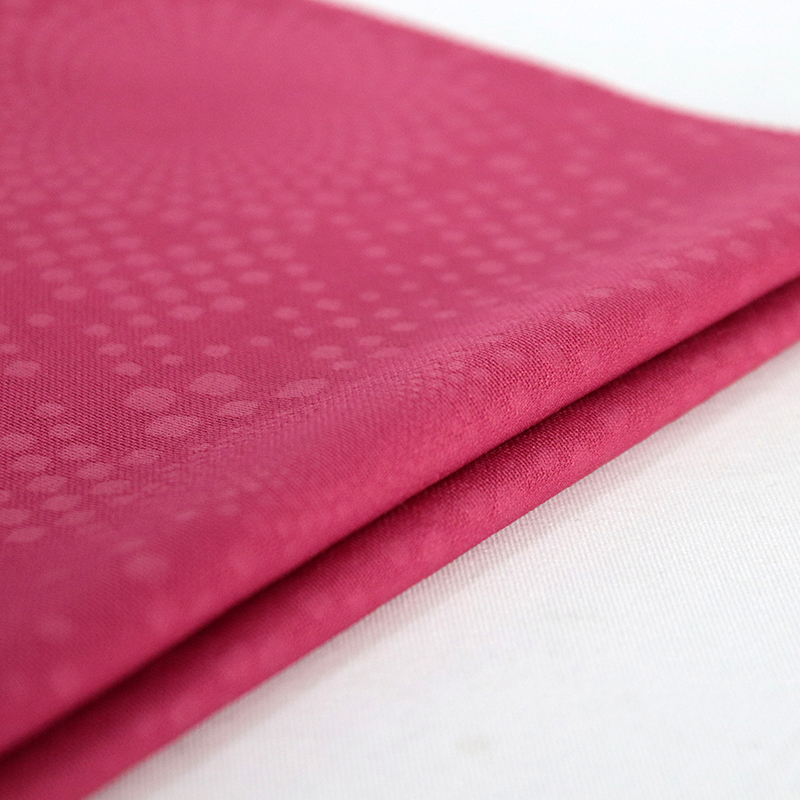The use of national standard color cards is an important aspect of the textile and garment industry, as it ensures consistency and accuracy in color representation. The CNCS color card is a widely used national standard color card in China, which provides a range of colors for the industry. By using standardized color cards, manufacturers and designers can ensure that the colors they use are accurate and consistent, resulting in higher quality products and increased customer satisfaction. This is especially important in the textile and garment industry, where color is a critical aspect of product design and quality.
There are several other national standard color cards used in different countries, including:
- Pantone color card (United States): This color card provides special color cards for graphic design, clothing and household, paint, printing, and other industries, and is widely used internationally. The Pantone color card provides a range of colors that are specifically designed for use in various industries, including graphic design, clothing and household, paint, printing, and more. Its international usage is a testament to its versatility and reliability in providing consistent and accurate color representation. This is particularly important in industries where color is a critical aspect of product design and quality, such as in the textile and garment industry. By using the Pantone color card, manufacturers and designers can ensure that the colors they use are consistent and accurate, resulting in higher quality products and increased customer satisfaction.
- RAL color card (Germany): RAL is a German color card brand that is widely used internationally. RAL (RAL color system) is a widely used color card brand in Germany and other countries. It provides a standardized color system for various industries, including painting, printing, and textiles. The RAL color card contains a range of colors, each identified by a unique number, which allows for accurate color communication and matching across different industries and countries. The use of RAL color cards helps to ensure consistency and accuracy in color representation, which is particularly important in industries where color is a critical aspect of product design and quality.
- NCS color card (Sweden): NCS research started in 1611, and now it has become the national inspection standard of Sweden, Norway, Spain, and other countries. It is the most widely used color system in Europe. The NCS (Natural Color System) research started in 1611 and has since become the national inspection standard of several countries, including Sweden, Norway, and Spain. It is widely used in Europe and is considered the most widely used color system in the region. The NCS color system provides a standardized way of describing and communicating colors, which helps to ensure consistency and accuracy in color representation across different industries and countries. This is particularly important in industries where color is a critical aspect of product design and quality, such as in the textile and garment industry. By using the NCS color system, manufacturers and designers can ensure that the colors they use are consistent and accurate, resulting in higher quality products and increased customer satisfaction.
- DIC color card (Japan): This color card is specially used in industry, graphic design, packaging, paper printing, architectural paint, ink, textile, printing and dyeing, design, and other fields.
These color cards provide a standardized way to represent and communicate colors, ensuring consistency and accuracy in color representation across different industries and countries.




